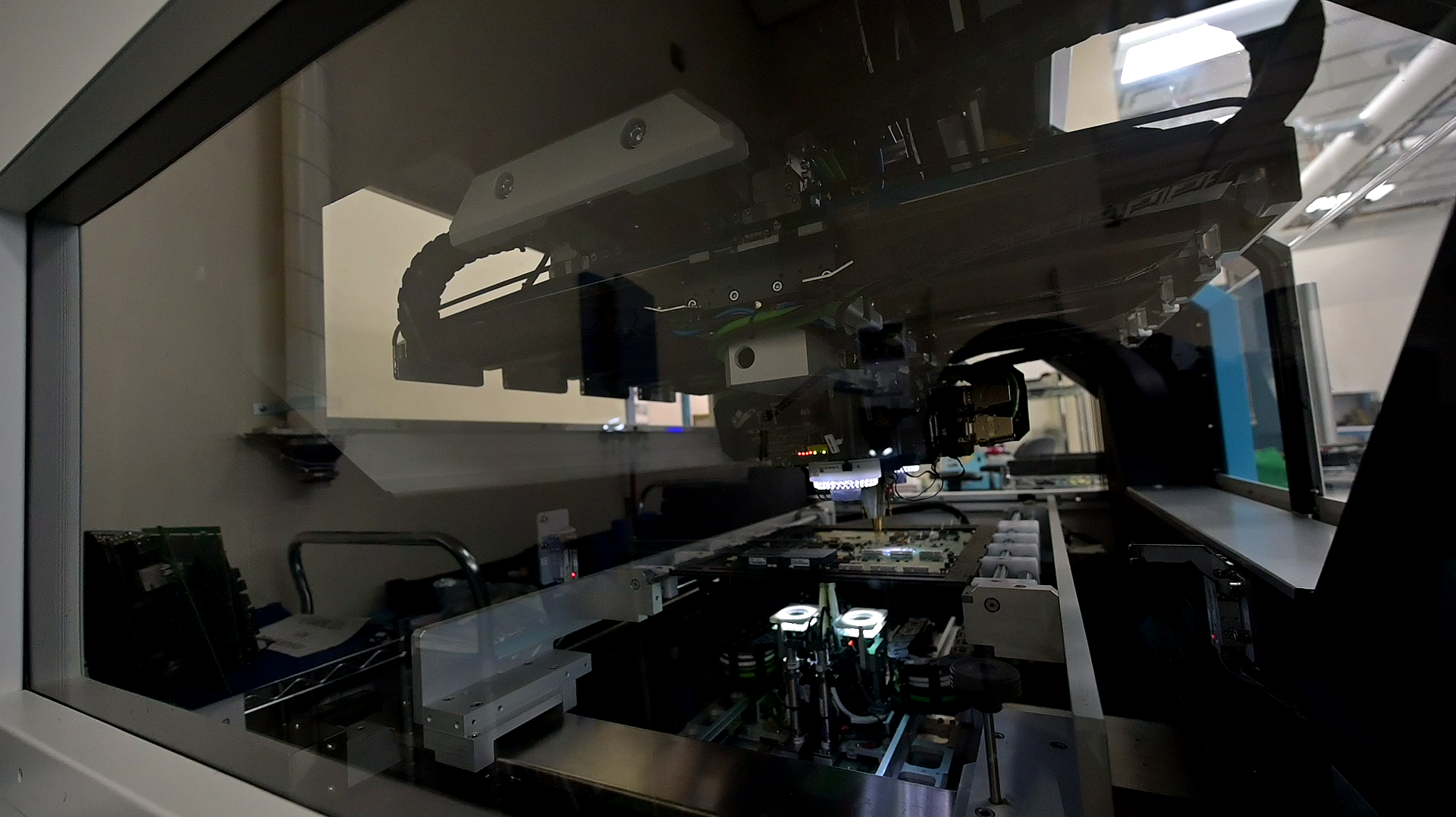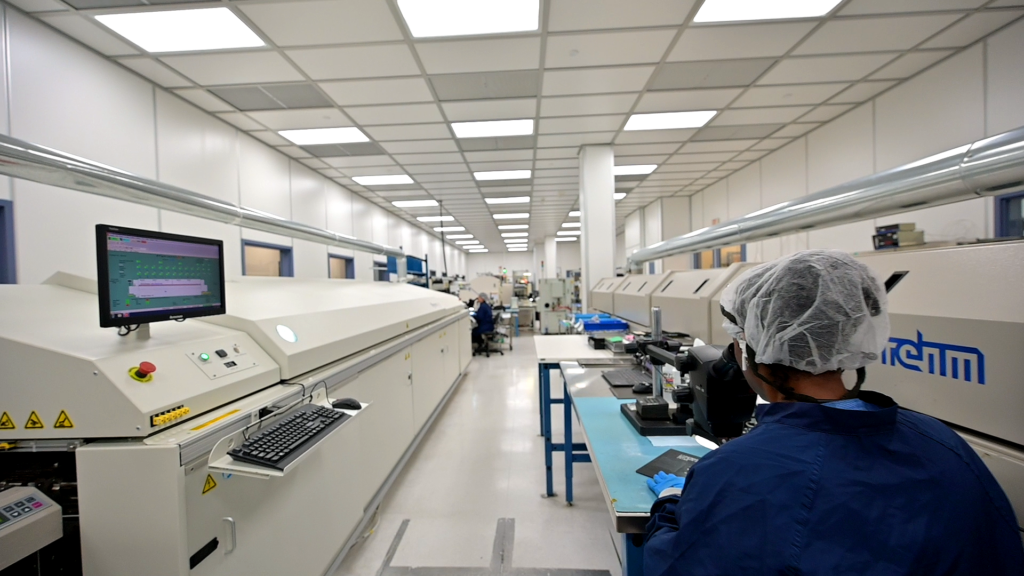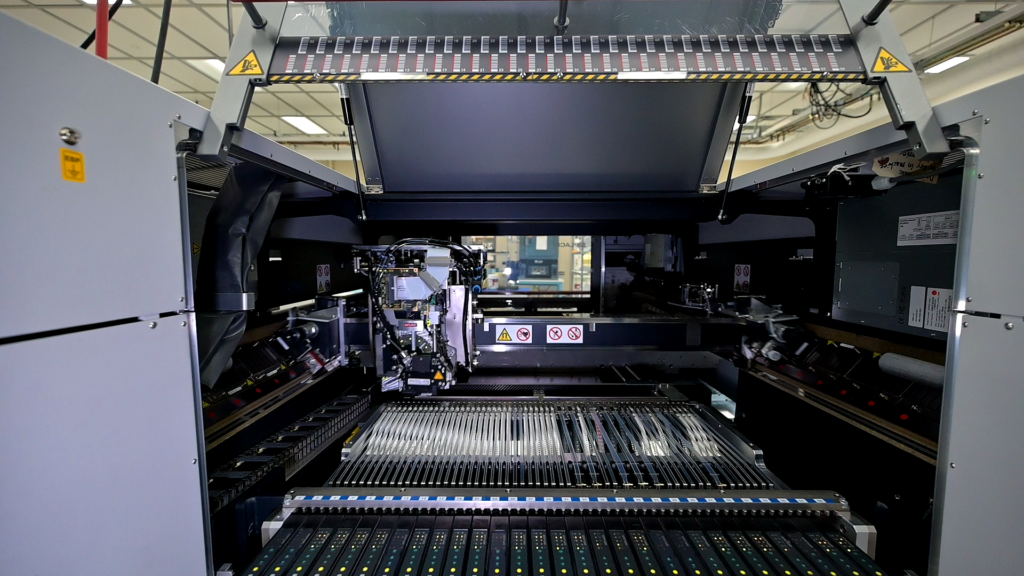Siemens Process Preparation Takes SPEA Test Programming to the Next Level

The SPEA Leonardo programming software is highly capable, but there’s always room for improvement—especially when scaling beyond a single board to multiple boards. That’s where Siemens Process Preparation comes in, optimizing test programming efficiency and streamlining the entire workflow.
At Engent Inc. in Norcross, Georgia, Process Preparation has been extensively used. Engent, founded in 2003, is a trusted contract manufacturer at the leading edge of microelectronics assembly, with deep expertise in advanced SMTA. They excel in low- to medium-volume and high-mix turnkey production. Their comprehensive engineering capabilities support every stage of the product lifecycle—from product and process development, proof of concept, and new technology introduction (NTI) to DFM, NPI, and volume production. As an ITAR Registered organization with AS9100:2016 certification, Engent is committed to delivering exceptional quality and reliability.
After evaluating Process Preparation’s capabilities specifically for their SPEA flying probe machine, Engent found that extending assembly support and refining programming workflows would significantly enhance overall efficiency.

Solving the Gerber File Challenge
One of the primary challenges was that SPEA Leonardo does not support Gerber files as a basis for creating test programs. Some of Engent’s customers provided only Gerber files, making a robust solution essential.
With Process Preparation, not only is intelligent CAD data supported, but even raw Gerber files (274X or 274D) can be transformed into a digital product model. This means that missing component intelligence, netlist derivation, and pin connectivity can be extracted – bringing the starting point much closer to intelligent CAD formats like ODB++.

Key Ways Process Preparation Enhances Test Programming Efficiency
When integrated with SPEA Leonardo, Process Preparation significantly accelerates test programming through:
✔ Seamless CAD Import – Ensuring no loss of critical design data, including solder mask information. Missing solder mask layers? No problem—Gerber files can be used to reconstruct accurate board details.
✔ Effortless BOM Integration – Quickly and accurately linking Bill of Materials (BOM) data to the test program, ensuring the right components are recognized and tested.
✔ Intelligent Component Identification – Automatically recognizing resistors, capacitors, diodes, and other components, even when CAD files lack clear designations.
✔ Accurate Package Outlines – Crucial for flying probe testing, as precise component dimensions determine optimal probe placement. Process Preparation leverages the Valor Parts Library, giving access to over 35 billion part numbers for precise package data.
✔ Automated Probe Placement – Using a complete digital twin of the PCB, Process Preparation determines the best probe locations, reducing errors and test debug time.
Minimizing Machine Downtime, Maximizing Efficiency
Once the optimized test program is complete, Process Preparation transfers all data to SPEA Leonardo in a single streamlined file. This eliminates inefficiencies often caused by manual adjustments or rushed programming.
Skipping steps might seem like a time-saver, but it often results in costly delays during machine debugging. The goal is to minimize machine downtime – because when a flying probe machine is testing boards, it’s generating revenue. When it’s idle for test debugging, it’s costing money.
By leveraging Siemens Process Preparation, Engent has transformed their test programming process, cutting setup times, improving accuracy, and ensuring their flying probe machines run at peak efficiency.
🌐 Learn more: https://plm.sw.siemens.com/en-US/valor/process-preparation/


